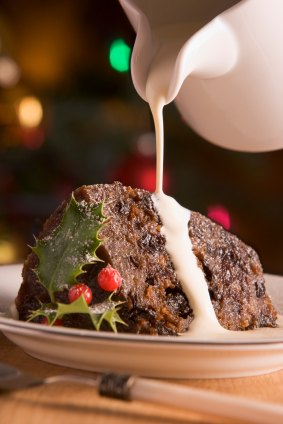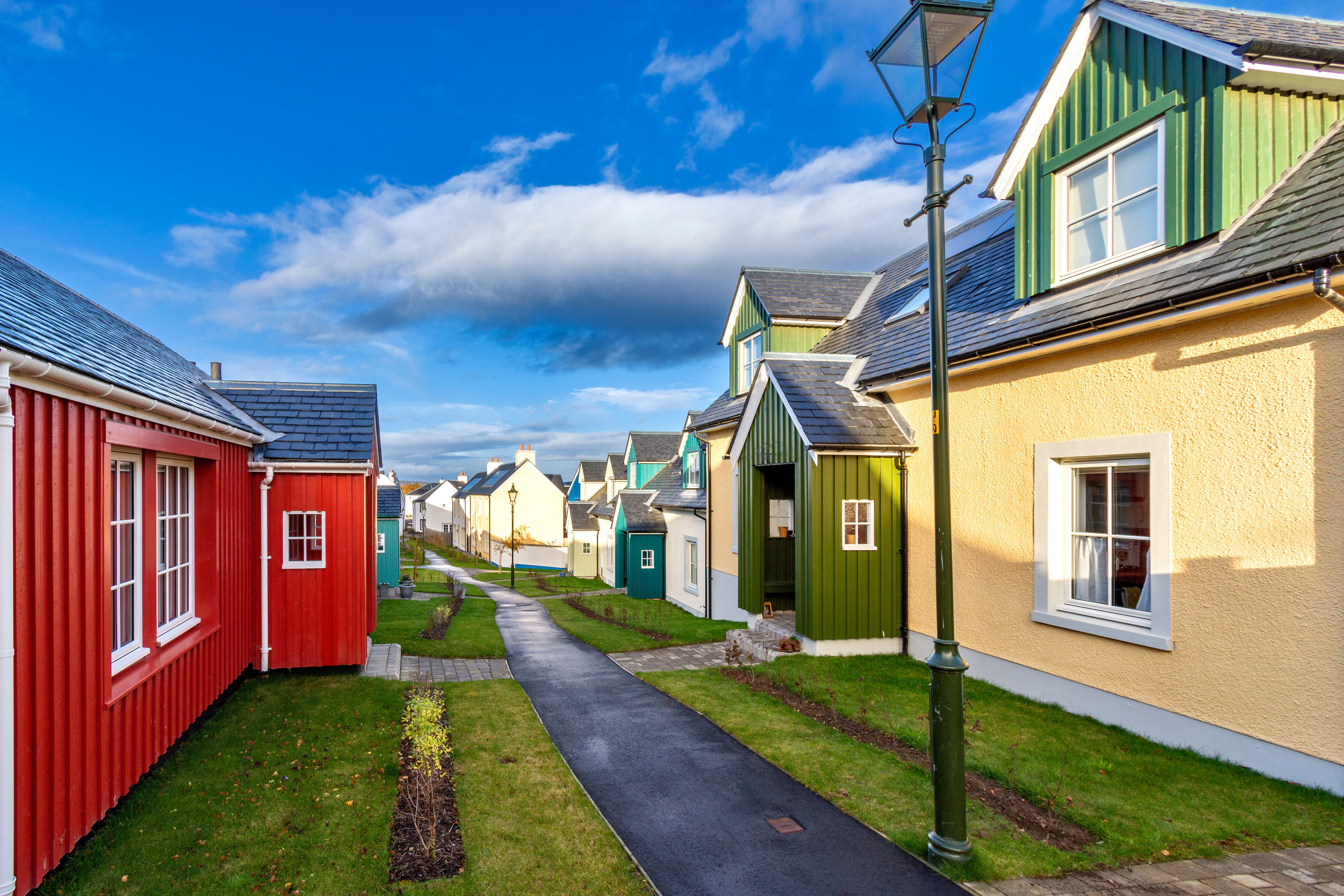A wonderful Christmas pudding recipe, with a surprise ingredient
My grandmother's delicious traditional Christmas pudding recipe


It's 'Stir-up Sunday' this weekend, and there are any number of recipes out there to help you make a beautiful pudding for Christmas Day.
But for those who can't tolerate eggs, it's a little harder. This recipe solves that problem; it was first published by Country Life almost a decade ago, having been handed down through the generations to one of our contributors.
It's just as good today as it's ever been - regardless of whether you have an egg allergy or not!
- - -
My grandmother had to adapt her traditional Christmas pudding recipe to create this one, as my uncle was allergic to eggs. Her unbeatable version of the seasonal pud is light and moist—and the key ingredient is the grated carrot.

The Ingredients
½ pound breadcrumbs ½ pound raisins 1tsp ground ginger 1tsp salt 1tsp mixed spice ¼ pound suet 2tbsp milk ¼ pound brown sugar ¼ pound lemon or mixed peel 4½oz golden syrup 4oz grated carrot 2tbsp brandy or rum
The Method
Prepare the fruit and chop the peel. Grate the carrot. Mix the spice, salt and ground ginger and the breadcrumbs together in a bowl. Add the rest of the dry ingredients and mix.
Sign up for the Country Life Newsletter
Exquisite houses, the beauty of Nature, and how to get the most from your life, straight to your inbox.
Warm the milk in a saucepan and dissolve the syrup in it. Add the spirit and mix it in thoroughly, and then add the mixed dry ingredients.
Fill two greased pudding basins to the brim with the mixture and cover them with grease-proof paper. Put the basins in a double boiler and steam for eight hours.
Once done, remove and store in a fridge or larder. On Christmas Day, steam the pudding in the basins in the double boiler again for three hours before serving.
Best served with double cream, brandy cream or brandy butter—or all of the above!
Country Life is unlike any other magazine: the only glossy weekly on the newsstand and the only magazine that has been guest-edited by HRH The King not once, but twice. It is a celebration of modern rural life and all its diverse joys and pleasures — that was first published in Queen Victoria's Diamond Jubilee year. Our eclectic mixture of witty and informative content — from the most up-to-date property news and commentary and a coveted glimpse inside some of the UK's best houses and gardens, to gardening, the arts and interior design, written by experts in their field — still cannot be found in print or online, anywhere else.
-
 What should 1.5 million new homes look like?
What should 1.5 million new homes look like?The King's recent visit to Nansledan with the Prime Minister gives us a clue as to Labour's plans, but what are the benefits of traditional architecture? And can they solve a housing crisis?
By Lucy Denton
-
 The battle of the bridge, Balloon Dogs and flat fish: Country Life Quiz of the Day, April 15, 2025
The battle of the bridge, Balloon Dogs and flat fish: Country Life Quiz of the Day, April 15, 2025Tuesday's quiz tests your knowledge on bridges, science, space, house prices and geography.
By James Fisher